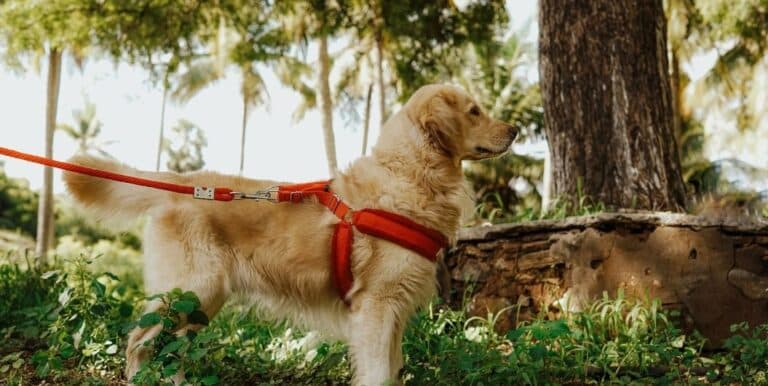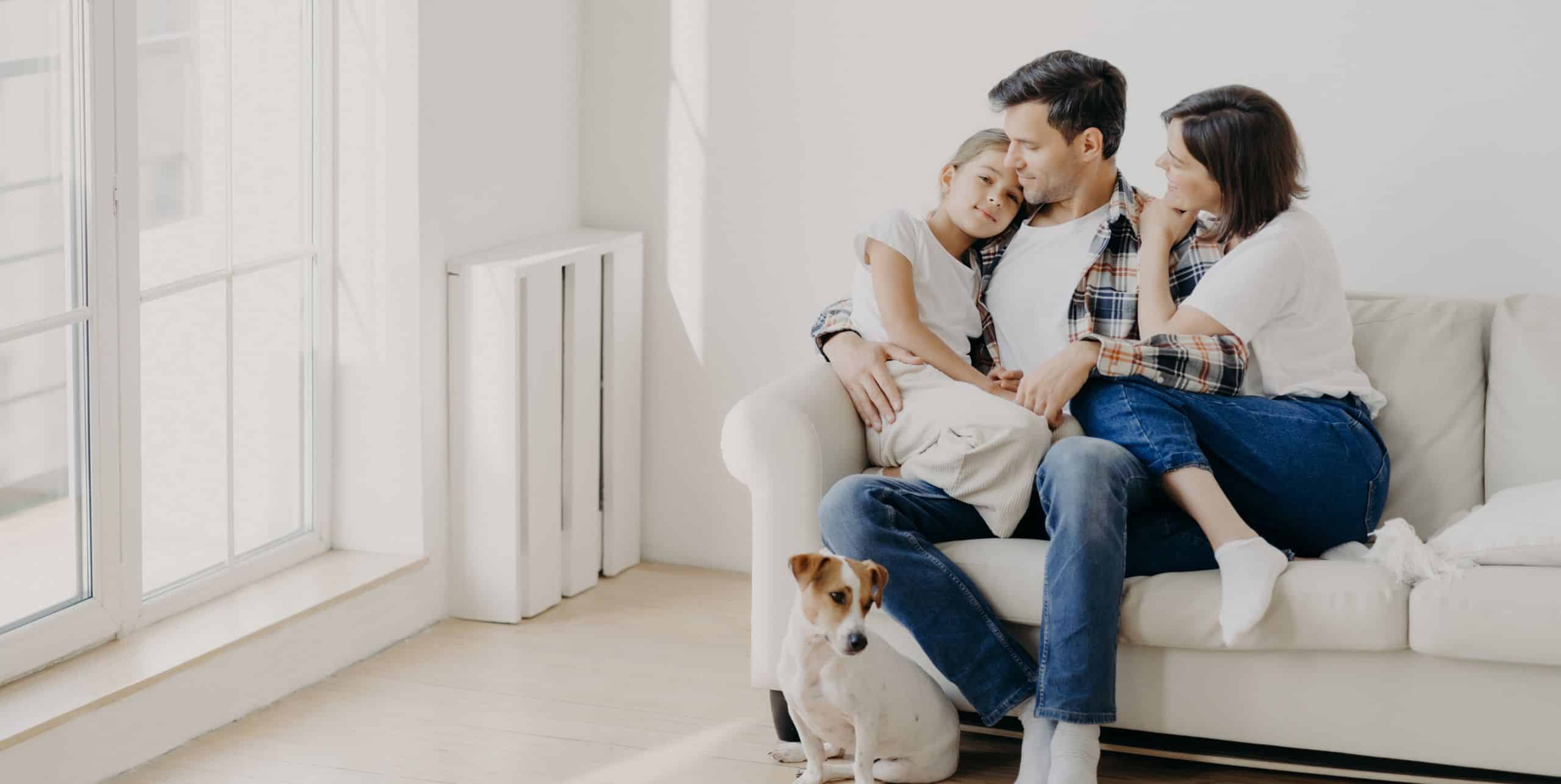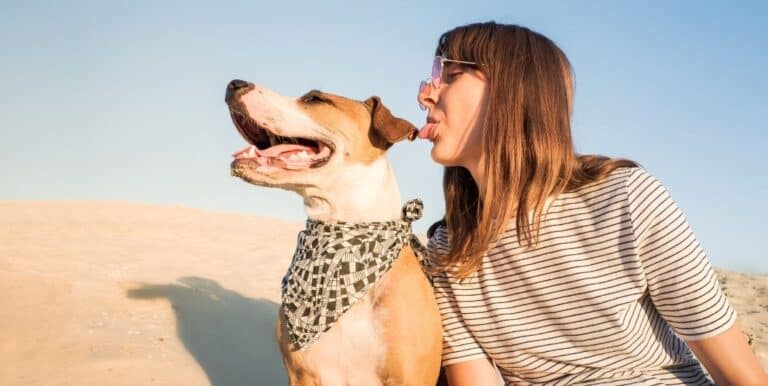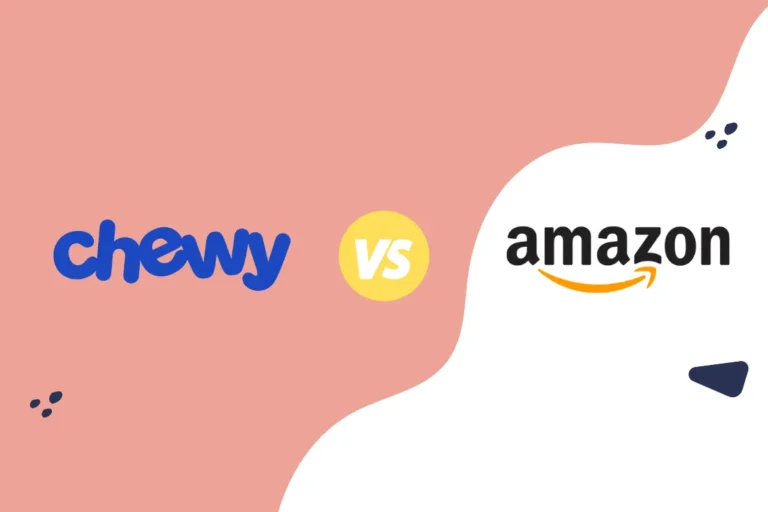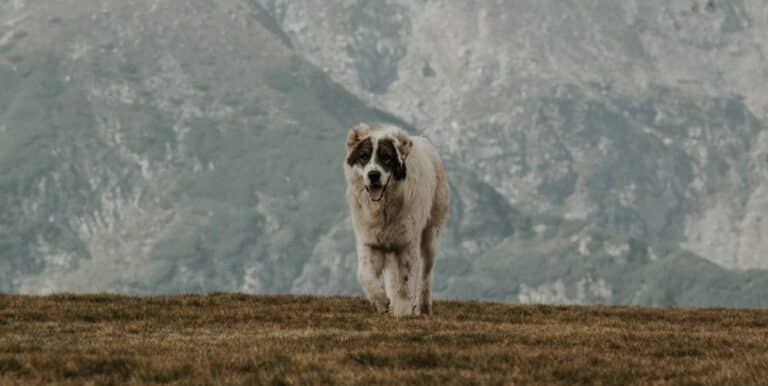The Ultimate Guide to Raising a Zero-Waste Cat

Before we dig into this topic, how to raise a zero-waste cat, I want to first say thank you. Thank you for being here, for seeking out this information. Thank you for making an effort to lessen your pet’s impact on the planet. There’s been so much emphasis in popular media about living this “perfect” zero-waste lifestyle that I think it’s deterred a lot of people who are interested in doing a little bit more. And, honestly, a little bit more makes a huge difference. So, thank you! Thank you for each small step you take.
In that vein, it’s important to say right up front that it’s probably impossible to have a truly zero-waste cat. And that’s OK.
Why? Well, cats are obligate carnivores.
I’m not here to argue with anyone over whether or not cats can thrive on a vegan diet. I believe an animal’s rights include the right to live as its biology designed it to. Taking away a cat’s right to eat meat violates the cat’s rights. I need to establish this right up front because nowhere in this post will I recommend transitioning your cat to a vegan diet. (Though I have a million other ideas to offset your cat’s meat consumption.) Your cat evolved to eat meat, so let’s figure out how to feed your cat in the most ethical way possible, while acknowledging that your cat will never be truly zero-waste because of how wasteful meat production is. We’ll talk about that, too, but I just wanted to start us off on the same page and right foot… er… paw print.
Taking care of any animal–cat, dog, hamster, bird, fish–requires a handful of basics to ensure that animal’s health and happiness. Let’s review the most fundamental cat care basics along with some eco-friendly suggestions and swaps.
If you’re a first-time cat owner, congrats! You’re going to LOVE being the person to a cat. They make life fun and funny and will bring you so much joy and companionship. Some of this info may be new to you, so please don’t hesitate to reach out with any specific Q’s!
If you’re a seasoned cat person looking to up your eco game, way to go! Some of these ideas might take your cat a little while to transition, so I’ll share some ideas on making it easier on your pet. In most cases, the swaps should wait until you’ve absolutely worn out or used up your current solution so that we’re not just creating more garbage to buy new eco products. If you have Q’s, don’t hesitate to leave a comment or send me an email!
Eco-Friendly Cat Care: The Basics
All cats need food, water, safe shelter, enrichment, litter, and love. Because food is such a big topic, I’m separating it into its own section below. Same goes for litter. This section will tackle water, shelter, enrichment, and love!
How to make your cat’s water dish more eco-friendly: Cats can be picky drinkers. Hydration is vital, though, to a cat’s long-term health. Unfortunately, many cats don’t get enough water, especially cats fed a dry-only diet.
Most cats love fresh, moving water. There are all kinds of sink attachments sold to meet this need, but they drive me bonkers. So much wasted water! Even the motion-activated ones turn on with little provocation. Instead, I recommend a filtered water fountain. Yes, they’re a bigger investment, but the two we have (this and this) have lasted almost 10 years already and are both going strong. You’ll have to clean it regularly and swap out the filters when they get gunky, but it saves so much water, helps keep your cat hydrated, and cuts down on plastic waste.
Or, if you don’t want invest in a fountain, a ceramic or stainless dish that is either flat or wide–to prevent whisker fatigue–along with frequent changes can do the trick. Even a small salad plate, easily found at a thrift store, can work well if you’re able to keep the water fresh and clean. See if you can find another use for the water you’re replacing, though, like pouring it into your houseplants to prevent all that waste.
If you find your cat just doesn’t sip enough from her bowl, though, reconsider the fountain investment–it’s made a big difference for us, and it truly cuts down on wasted water!
How to make your cat’s shelter more eco-friendly: Cats need places to hide. They also need places to climb. You can DIY all of this with found materials, but my number-one-never-fail trick for finding all the enrichment tools that make your cat’s life better?
Nextdoor. Or craigslist.org. Or Goodwill. Or Habitat ReStore.
Seriously, you can find cat furniture, carriers, and more for free or for pennies. You give these items a longer life, keeping them out of the landfill, while cutting down on manufacturing and shipping new materials. Plus, you save a ton of money. NOTE: Clean your thrifted finds thoroughly before introducing to your cat because remaining scent can mean your cat won’t touch it or will mark it.
Because of the marking issue, I don’t recommend picking up used scratchers. However, you can DIY with sisal rope or cardboard, or purchase recycled cardboard scratchers (like this super cool one) that can be recycled again at the end of their useful life.
You can also make your own cat beds with leftover fabric, but the easiest thing to do is stuff the legs of an old pair of sweatpants with scrap fabric. Sew the waistband closed, then tie the bottoms shut! It’s washable and carries your scent, which can calm your cat while you’re away. Plus, as it gets worn out, you can replace the stuffing with new fabric scraps and use the old scraps to patch the fabric.
As for hiding, most cats find their own secret spots. To up the enrichment factor, hang onto shipping boxes before recycling them. Allow your cat some time with a new box in a fresh location, then when she gets bored of it, recycle it, and wait for your next box to arrive to give your cat a new place to play.
How to enrich your cat’s life without creating more waste: Cats need to play. They need physical and mental stimulation, and toys provide both. You don’t need to invest in fancy wands or pouncer toys. Instead, use stuff you already have around the house, like a strand of ribbon tied to a chopstick to use as a teaser toy. No loose string, yarn, or ribbons, though. Cats can accidentally ingest those and cause big GI problems.
The best toys are also the easiest. My cat Newt LOVES balled up socks. When socks have a hole in them (or when she snitches them from the laundry…) she loves to carry them around, chase them, pounce on them. It’s made all the more fun when stuffed with dried catnip we grew in a container. (Here’s the tutorial on how to grow organic catnip. It’s SO easy!)
Crinkly newspaper, a piece of cardboard cut into a ring, empty toilet paper rolls… your house is full of objects your cat would love to play with. Get creative and you’ll cut down on waste without ever having to spend money to keep your cat entertained! Speaking of which…
How to love your cat and save the earth: All those toys will sit idly in a basket unless you pick them up and play! Your cat wants to play with you. A ribbon tied to a chopstick can keep her busy for several minutes each day, and by playing together you build your bond. You’ll also stave off boredom, which prevents your cat from coming up with her own activities, which usually results in mischief! Plus, many pet owners turn toward food as a way to spoil their pets, so choosing play instead helps keep her weight in check so she can live a longer, happier, healthier life!
Playing with your cat every day also boosts your happy hormones, which pays dividends in all areas of your life.
Eco-Friendly Cat Food Options
Onto the big topic: how to feed your cat without a huge impact on the planet.
It’s important to note that your cat’s health shouldn’t be compromised in an effort to go green. There are simple steps you can take to lessen your cat’s impact on the planet even if she can’t transition to a different food, whether for taste reasons or medical ones. My cat Ripley, for instance, is on a prescription diet. There’s no way I’m sacrificing her health, so I find little ways to help, like ordering the biggest size cans available and placing large orders to cut down on shipping.
That said, there are some easy swaps. One of the easiest with a huge impact? Choose chicken over beef.
Yes, beef cat food is readily available, but producing a pound of beef takes significantly more resources than producing a pound of chicken.
Take it a step further and purchase cat food with certified organic ingredients. (I like Organix.)
Then, once you find a food that meets your cat’s taste and health needs as well as your eco preferences, buy the biggest size packaging you can find. I landed on a brand of food by finding out which cat food manufacturers participated in Terracycle so that I knew I could recycle the bags. My cats eat wet food for breakfast and dinner–and those metal tins in the largest sizes I can find are easily recycled–but they also eat a serving of kibble each day in a puzzle toy. Most pet food bags aren’t easily recycled, so it was important to me to find brands on Terracycle.
Finally, for those of you who find it difficult to accept the impact of an obligate carnivore’s diet, here’s my tip: Offset their impact with your diet. YOU have choice, and you are an omnivore. Use your own kitchen to minimize the impact of your cat’s diet. Here are a handful of ideas to get you started:
- Cut out meat.
- Grow your own organic veggies or source your produce locally, like at your closest farmers’ market.
- When possible, purchase food in bulk and without packaging. When it’s not possible, purchase food in recyclable packaging and choose glass over plastic if available.
- Eliminate food waste in your kitchen by only purchasing what you’ll actually consume. Use veg scraps to make stock. Compost the rest.
- Cook more; eat out less. Get delivery even less.
No, it’s not possible or kind or reasonable to cut meat from your cat’s diet, but there are tons of easy ways to eliminate the impact. Read more about zero-waste pet food in this guide.
Eco-Friendly Cat Litter Options
I wrote an entire guide to dealing with cat litter. It’s called How to Dispose of Cat Litter: The Ultimate Guide to Eco-Friendly Pet Waste Management. I definitely encourage you to go check that out.
The quickie summary: Don’t flush litter. Don’t use clay litter. The end! It’s actually way more in depth than that, but flushing litter isn’t advised because it puts toxins into the water supply that most municipalities aren’t equipped to deal with.
As for clay litter, it’s harmful to mine and it’s harmful to dispose of. Instead, try switching your cat to a natural substrate. Some options include recycled newspaper, pine, coconut, and–the litter we use in our home–non-GMO grass seed.
Skip disposable trays and disposable liners. Use your current pan until it’s too scratched up (cats hate when odors get trapped in those scratches), then consider switching to a natural material option like this instead of a plastic version.
With cats, of course, you need to transition them slowly. Don’t swap both your pan and the litter all at once. Make changes slowly and one by one.
Small changes have a big impact!
No, your cat may not live a truly zero-waste existence. And that’s OK! Do you best when and where you can. Small changes add up and can make a huge impact on the planet over the life of your dear pet.
There you have it: Everything you’ve ever wanted to know about raising a zero-waste cat!
Now it’s your turn: What questions do you have? I’m here to help! Leave them in the comments below!
If you’re looking for more ideas on your zero-waste journey, join our email community AND snag a free wallet-friendly, pet-safe cleaning guide as our thank you for singing up! Every small step has a big impact!

